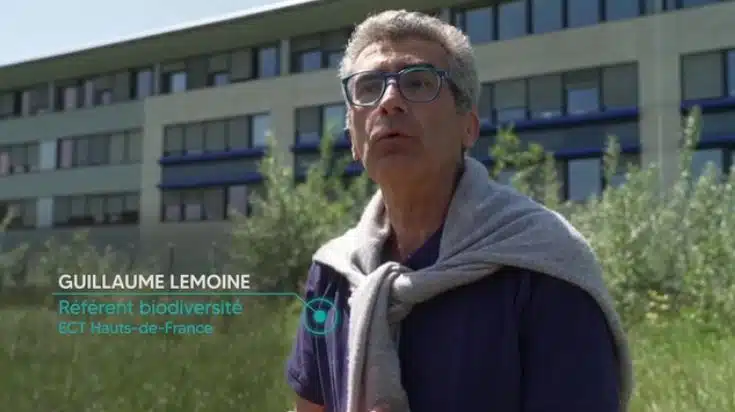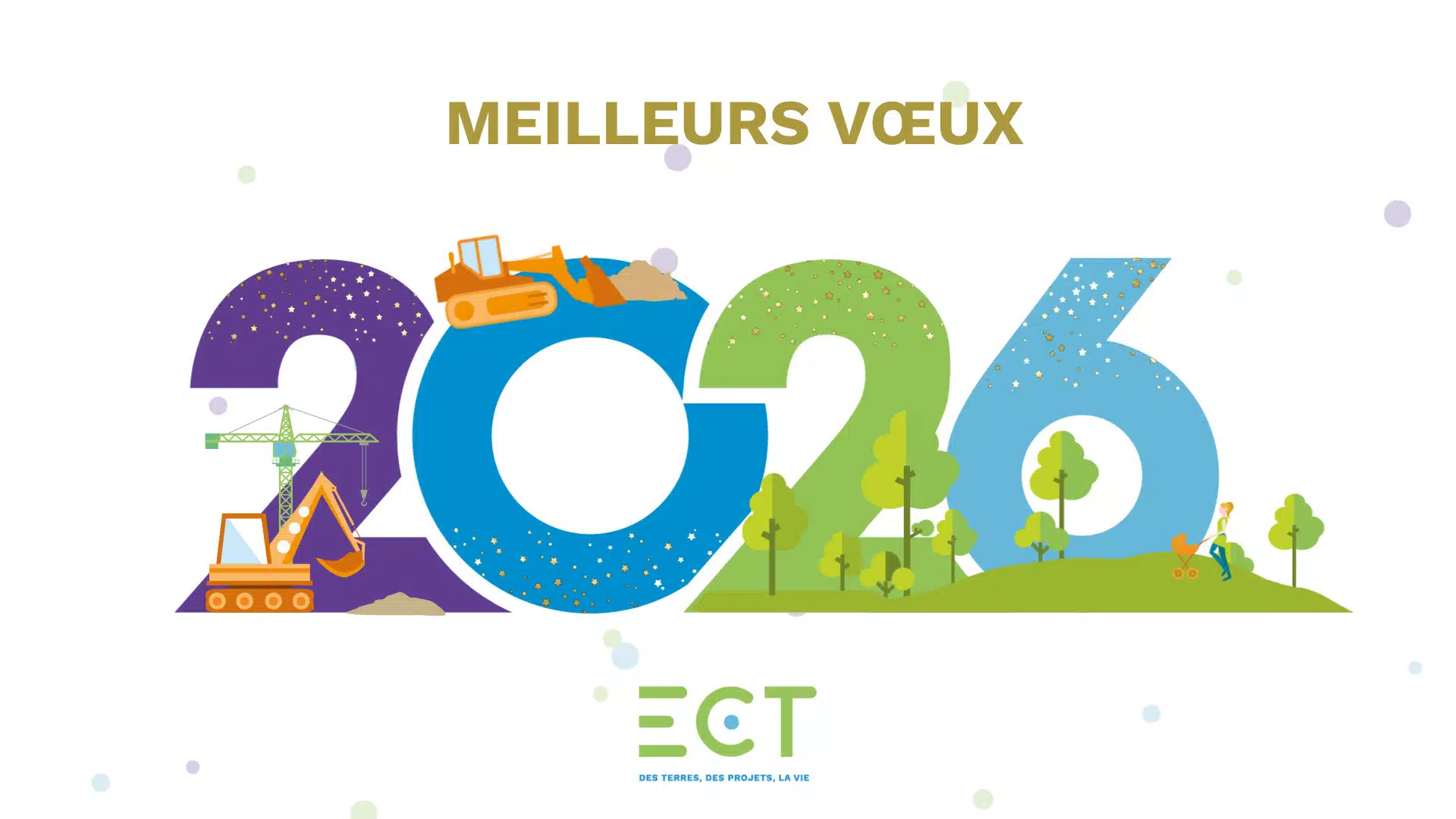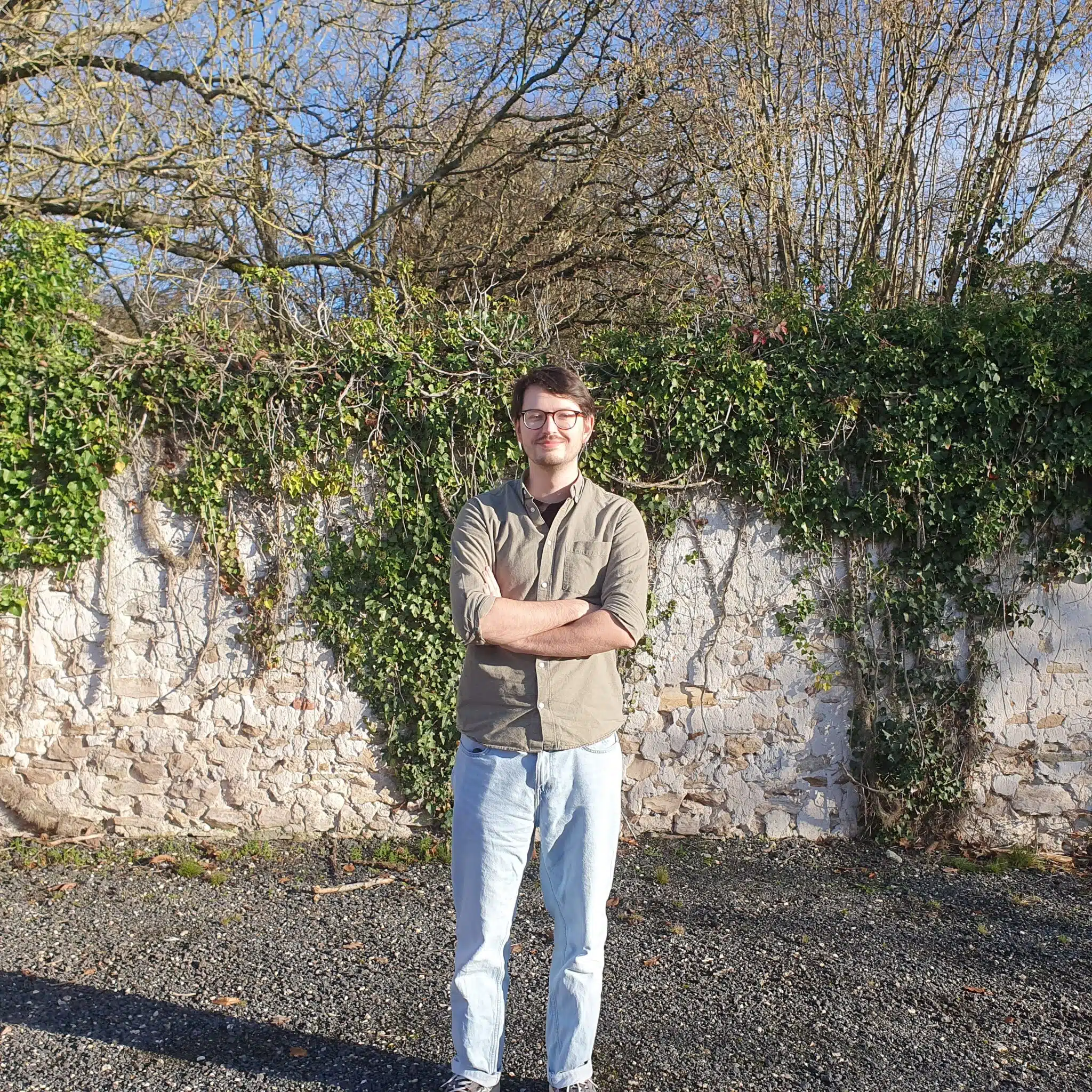March 21, 2024 – To mark the International Day of Forests, Guillaume Lemoine, ECT’s biodiversity advisor, presents the transformation of the Van Pelt industrial wasteland in Lens into an urban forest. This project illustrates the ability of the circular economy of excavated soil to finance and restore a site. This promotional project biodiversity in the urban environment is supported by EPF Hauts-de-France, the City of Lens, CALL and ECT .
Explore best practices and challenges in creating urban forests with Axa Biodiversité
The video is taken from a tutorial produced by Axa Biodiversité, highlighting the best practices and challenges involved in creating urban forests.
Creating a diverse and resilient urban forest
ECT experimented with an innovative approach when planting this urban forest. Here are the main strategies implemented:
-
Creating varied forest environments – Selecting appropriate regional species creates a diverse and resilient ecosystem. These species, labelled “local vegetation”, are a guarantee of the quality of the vegetation. This encourages the harmonious integration of the urban forest into its environment.
-
Encouraging edges and ecological interactions – The edges between massifs, copses and paths are designed to welcome a variety of animals (birds, small fauna, insects). Essential transition zones, they create ecological corridors within the urban forest.
-
Dense, clumped planting – Particular attention was paid to planting density and tree arrangement. Opting for small specimens planted in bunches encourages better recovery and harmonious development of the species. The creation of dense plant cover thus contributes to the natural regeneration of the forest.


